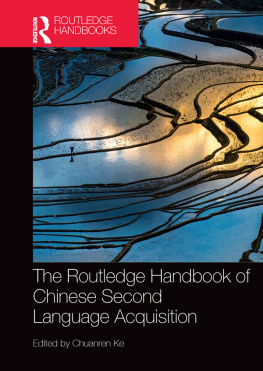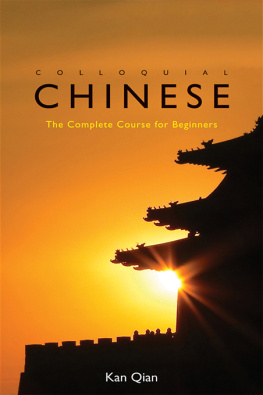Chinese
The Chinese Language Learning Guide for Beginners
Copyright 2020
All Rights Reserved. No part of this book may be reproduced in any form without permission in writing from the author. Reviewers may quote brief passages in reviews.
Disclaimer: No part of this publication may be reproduced or transmitted in any form or by any means, mechanical or electronic, including photocopying or recording, or by any information storage and retrieval system, or transmitted by email without permission in writing from the publisher.
While all attempts have been made to verify the information provided in this publication, neither the author nor the publisher assumes any responsibility for errors, omissions or contrary interpretations of the subject matter herein.
This book is for entertainment purposes only. The views expressed are those of the author alone, and should not be taken as expert instruction or commands. The reader is responsible for his or her own actions.
Adherence to all applicable laws and regulations, including international, federal, state and local laws governing professional licensing, business practices, advertising and all other aspects of doing business in the US, Canada, UK or any other jurisdiction is the sole responsibility of the purchaser or reader.
Neither the author nor the publisher assumes any responsibility or liability whatsoever on the behalf of the purchaser or reader of these materials. Any perceived slight of any individual or organization is purely unintentional.
Table of Contents
Part 1: Chinese for Beginners
A Comprehensive Guide for Learning the Chinese Language Quickly
INTRODUCTION
The Chinese language (or group of related languages) is spoken by the Han, who constitute 94% of Chinas population. One word for the language in Chinese is (hn y). The Chinese language is divided into several major dialects (with many sub-dialects). Speakers of different dialects can in some cases find each other unintelligible, but are brought together by the fact that they share a common script.
Chinese for Beginners describes the primary and official dialect, which is known by many names: Mandarin, Modern Standard Chinese, or Putonghua (common speech). This is a practical textbook designed for foreigners who are interested in learning Chinese through self-study and help them effectively master basic Chinese communication skulls within a short period of time.
In the last 20 years, more and more people from different parts of the world have come to China. Everybody experiences their own story and is often shocked by the changes in this fast-growing country. For expats living in China, many want and need to learn Mandarin Chinese. However, due to work commitments during the day and family activities after hours, it is sometimes difficult find the time to attend full-time language classes.
As professional language instructors with years of experience in corporate Chinese training, we have found that most language learning textbooks are designed for full-time training over a long term. It has been very difficult to find a practical book to help people start communicating as soon as possible. Therefore, we made up our mind and wrote the book Chinese for Beginners in 2020.
To make sure that the content is both practical and fun, we chose vocabulary based on the HSK Guideline for Chinese Words and Characters. We also used many words and dialogues that concern Chinese society as well as a foreigners daily life, study, and work in China. In terms of grammar, we made explicit and practical examples to help users apply these points in a flexible manner. Language points are arranged from easiest to hardest and simplest forms to most complicated. Explanations present material in a way which meets the needs of students and is easy to learn.
Focusing on conversation, Chinese for Beginners was designed for those who can only read the book several times a week. The full book can be finished in a month. In order to help different types of readers find what they want to improve through this book, we have divided the book into four parts:
Part one begins with proper pronunciation in Mandarin. Readers using this book will get thorough training in phonetics. We introduce, explain, and emphasize points that are typical in Chinese phonetics and particularly difficult for beginners to grasp. Readers will learn numbers, months, and days of the week. After basic knowledge of articles, nouns, pronouns, prepositions, and adjectives is introduced.
Part two introduces basic Chinese grammar, including some special Chinese sentence structures which are very popular in daily oral Chinese. Since language is such an important aspect of Chinese culture, we also introduce elements of politeness to help learners to deal with common social situations.
Part three covers a wide range of typical situations in a students daily social life including Basic Greetings, Introducing Yourself, Buying and Ordering, At Work, At School/College, Travelling, Socializing, Formal Events, and other common encounters. The language used is natural, standard, and vivid. Attention has been given to introducing aspects of Chinese culture while maintaining a level suitable for beginners. In these ways, the basic material is covered thoroughly while things are kept interesting.
Finally, we have an appendix to introduce you more nouns and verbs. All words are written in characters and phonetic transcriptions in the pinyin system with their speech portions and English equivalents provided. In order to provide students with a more exact understanding of the meanings and the usages of words. Some words are also accompanied with explanations rather than just English equivalents. Nevertheless, students should not expect to learn the meaning and usage of word by depending only on the English translation, which will often hold true only for a particular context.
Chinese for Beginners is also a good choice for people who would like to take an intensive course before going to China for business or pleasure.
Learning basic Chinese is not as difficult as you may think at first. Even the simplest knowledge of the language will enhance your experience. Our wish is to help you enjoy your life in China. We sincerely hope that learners may benefit from Chinese for Beginners and achieve more progress in the future. We firmly believe that more and more friends will come to China and start learning this ancient language. Good luck!
Section 1: THE VERY BASICS
Chapter 1: The Chinese Alphabet
Everybody knows that Chinese is a kind of pictographic language. Each word is made of characters. Each character is monosyllabic and has its own pronunciation. Chinese people mark the pronunciation of characters in pinyin (Chinese phonetic alphabets). There are two groups of alphabets in pinyin. One group is used at the beginning of a syllable and is called initials. The other group follows initials that are called finals.
There are 23 initials in modern Chinese:
b- , p-, m-, f-, d-, t-, n-, l-, g-, k-, h-, j-, q-, x-, z-, c-, s-, r-, zh-, ch-, sh-, y-, w-
The final with only one vowel is called a simple final. There are six of them:
-a, -o, -e, -i, -u, -
Finals made up of two or three vowels are called compound finals. There are 13 of them:
-ai, -ao, -ou, -ei, -ia, -ie, -iao, -ua, -uo, -uai, -e, -iu, -ui

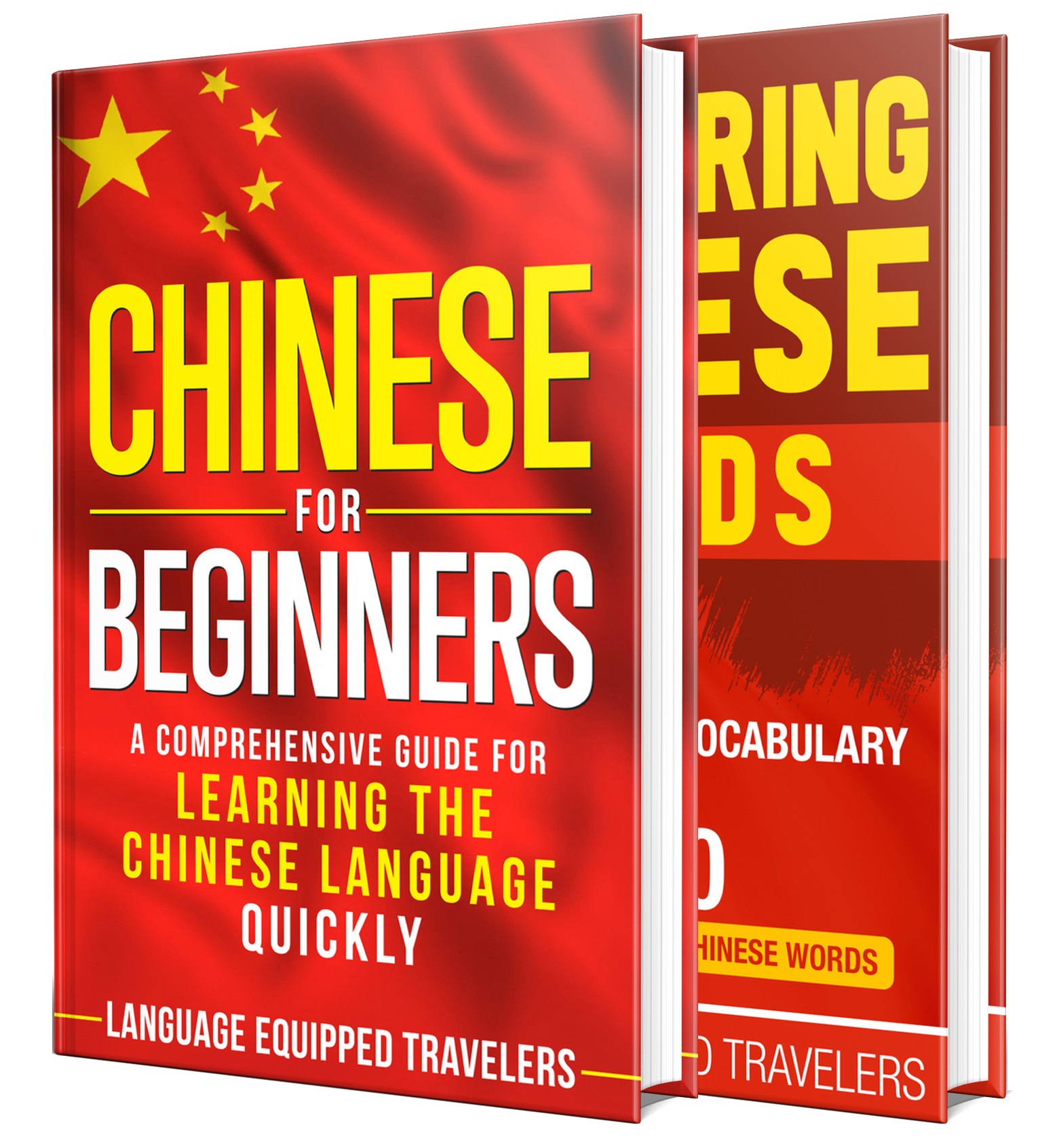
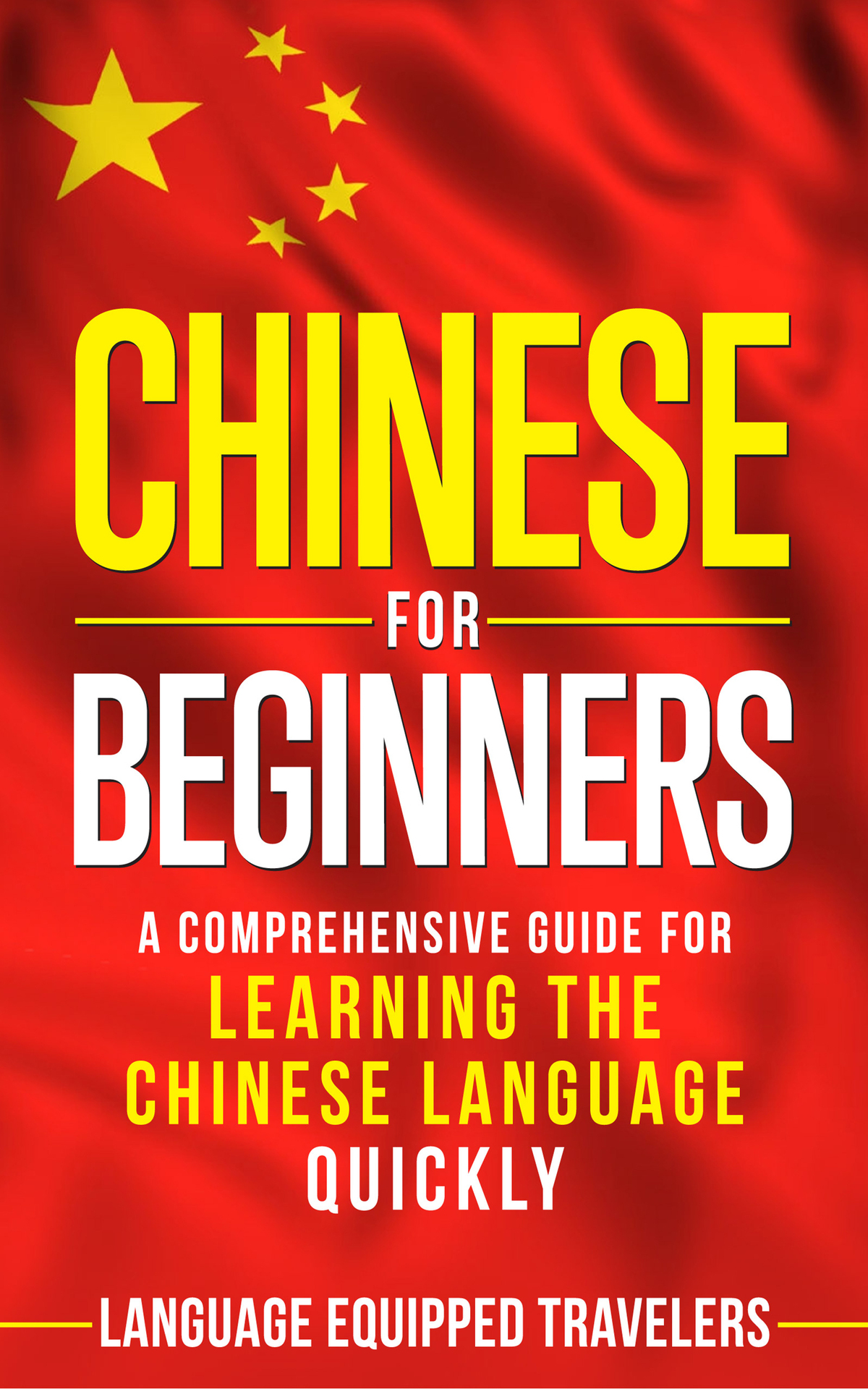

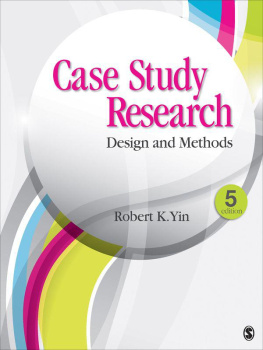

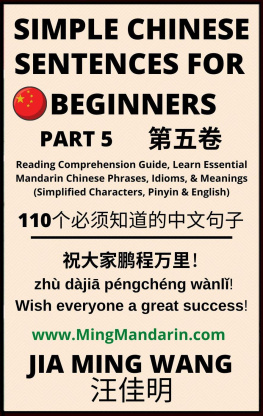
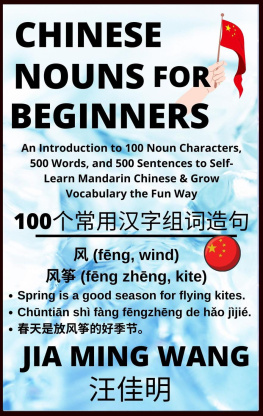
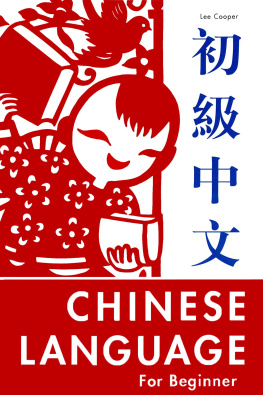
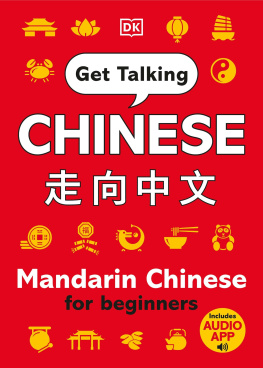
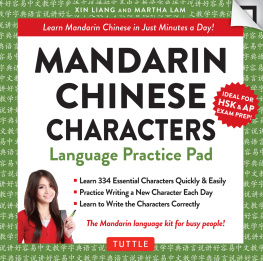



![Yi Ren - Mandarin Chinese for Beginners: Learning Conversational Chinese / Mastering Conversational Chinese [Book]](/uploads/posts/book/146887/thumbs/yi-ren-mandarin-chinese-for-beginners-learning.jpg)
